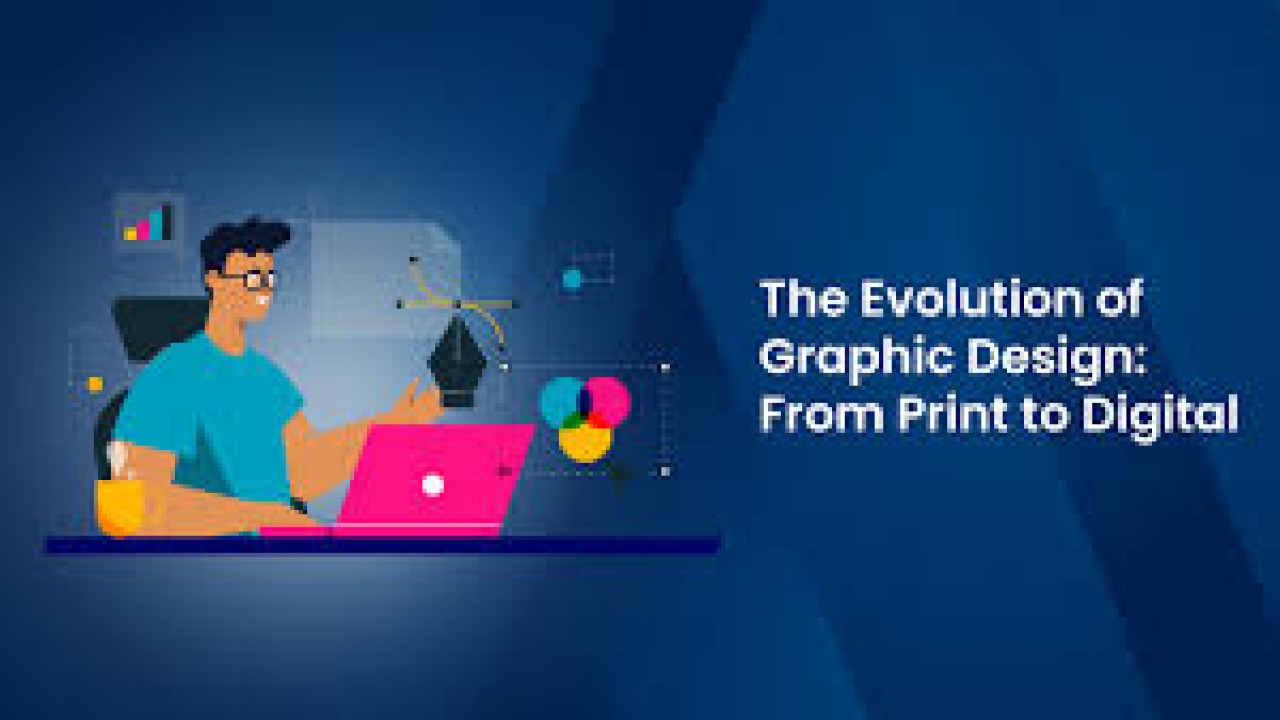The Evolution of Graphic Design: From Print to Digital
Graphic design has undergone a remarkable transformation since its inception, evolving from traditional print methods to a dynamic digital landscape. This evolution reflects not only advancements in technology but also shifts in culture, communication, and artistic expression.
The Origins of Graphic Design
Graphic design traces its roots back to ancient civilizations, where visual communication began with cave paintings and hieroglyphics. The invention of the printing press in the 15th century revolutionized the dissemination of information. Artists like Albrecht Dürer contributed to the field by combining typography and imagery, setting the stage for modern graphic design. This era was characterized by a focus on print media—books, posters, and advertisements—where skilled craftsmen meticulously crafted layouts by hand.
The Industrial Revolution and Print Design
The Industrial Revolution in the 18th and 19th centuries marked a significant turning point. Mass production and advances in printing technology allowed for wider distribution of printed materials. The emergence of lithography enabled designers to create intricate and colorful graphics, leading to an explosion of advertising and promotional materials. The Arts and Crafts Movement sought to elevate the aesthetic quality of design, emphasizing craftsmanship and a return to traditional techniques. This period solidified graphic design’s role as a vital component of marketing and branding.
The Birth of Modern Graphic Design
The early 20th century saw the birth of modern graphic design as we know it today. Influential movements such as Bauhaus and De Stijl championed simplicity, functionality, and geometric forms. Designers like Paul Rand and Saul Bass emerged, integrating bold colors and innovative typography into their work. The introduction of phototypesetting in the 1960s further transformed the industry, allowing for more flexible design processes and greater creativity in layout.
The Shift to Digital
The 1980s heralded the digital revolution, fundamentally altering the graphic design landscape. The advent of personal computers and software like Adobe Photoshop and Illustrator empowered designers to create and manipulate images with unprecedented ease. This shift democratized design, making tools accessible to a broader audience and enabling a surge of creativity and experimentation. Digital platforms allowed for interactive and multimedia designs, expanding the possibilities for communication and engagement.
Contemporary Graphic Design
Today, graphic design is a multifaceted field that encompasses web design, user experience (UX), motion graphics, and social media content. The rise of the internet and mobile devices has necessitated adaptive and responsive design, requiring graphic designers to think beyond static images. Trends such as minimalism, flat design, and vibrant color palettes dominate the contemporary aesthetic, reflecting cultural shifts and technological advancements.
The Future of Graphic Design
Looking ahead, the future of graphic design promises further evolution. Artificial intelligence and machine learning are beginning to influence design processes, offering tools that enhance creativity and efficiency. Virtual reality (VR) and augmented reality (AR) open new frontiers for immersive experiences, transforming how audiences interact with visual content.
In conclusion, the journey of graphic design from print to digital encapsulates a rich history of innovation and adaptation. As technology continues to advance, graphic designers will undoubtedly find new ways to express ideas, engage audiences, and shape the visual landscape of our world. This ever-evolving field remains a testament to the power of creativity in communication, reflecting the values and needs of society at every turn.






Comments (0)
No comments found